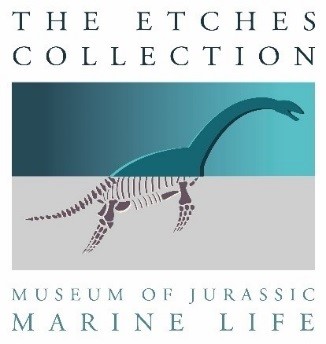What is eating the ammonites in the Late Jurassic?
/Most of the ammonites in the 157-152 million year old Kimmeridge Clay Formation are preserved squashed flat in the rock and are therefore fragile and difficult to collect.
Many of these squashed ammonites have been carefully collected and prepared by Steve Etches. Amazingly, many of these fossil specimens show that a chunk of the ammonite shell has been almost surgically removed from the same part of the shell i.e. at the back of what would have been the body chamber where the soft body of the ammonite would have lived.
These missing chunks of shell are interpreted as bite marks made by some other animal preying on ammonites. The killer must have been quite clever to work out exactly where to bite the shell in order to extract such a tasty snack.
Watch the full story by clicking on the You Tube video link above where Steve Etches reveals the likely identity of the killer.
The Etches Collection Museum is located in Kimmeridge, Dorset on the World Heritage Coast and contains a nationally accredited and designated collection of over 2500 fossils from the Upper Jurassic Kimmeridge Clay Formation. The collection provides a major resource for education and research as well as being a major tourist attraction.

